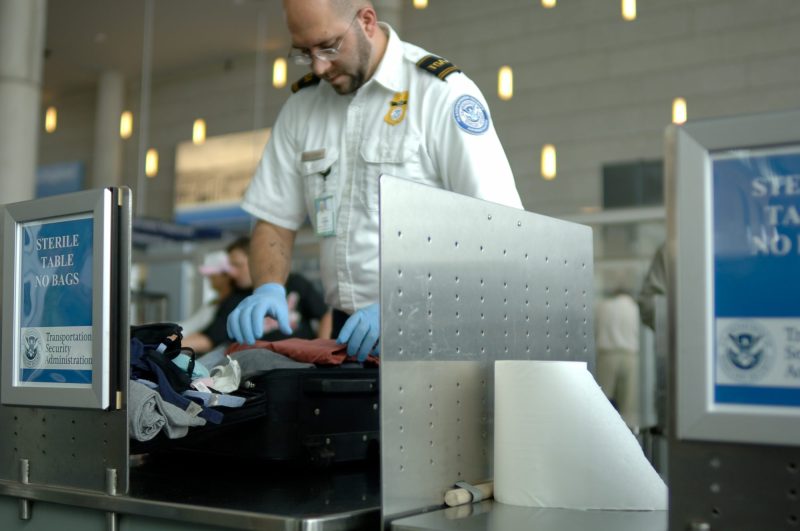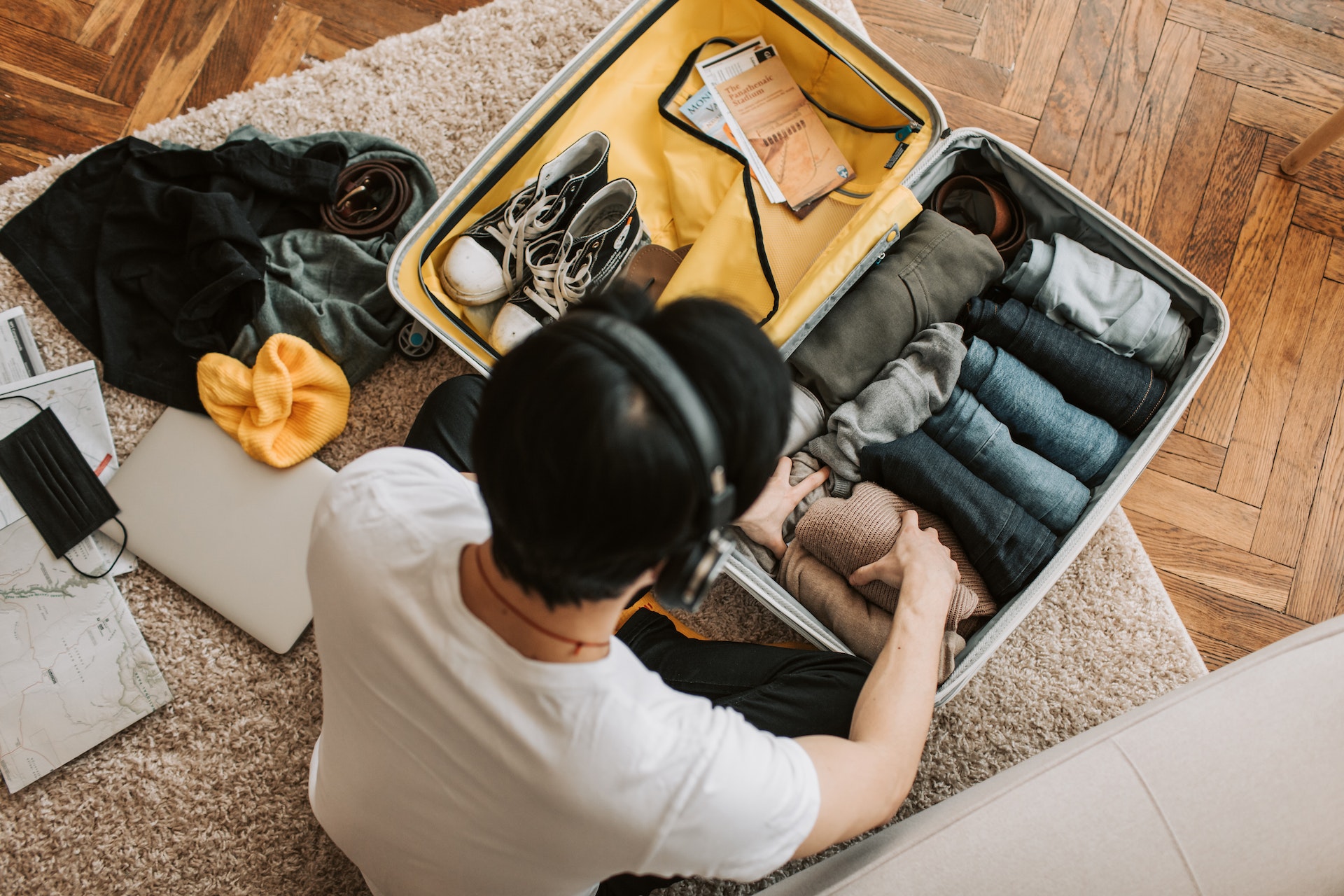
For years, airports across the world have implemented the 100 ml liquid rule, which states that liquids packed in carry-on luggage must be in containers no larger than 100 ml. In the United States, this is better known as the three-ounce (3-1-1) TSA liquid limit. These restrictions were first implemented in 2006 after terrorists attempted to bring explosives disguised as soft drinks on a transatlantic flight.
Due to new computed tomography (CT) scanners, the liquid rules are set to change at several airports across Europe, making traveling with liquids much more convenient. But how does this technology work, and how will it affect the TSA liquid rules in the United States?

The importance of this new travel tech
The scanners have already been implemented in several airports such as Teesside International Airport in County Durham, UK, Schiphol in Amsterdam, and Leonardo da Vinci International Airport in Rome. In a recent statement, the United Kingdom’s Department of Transport said that all airports in the UK are set to implement the technology by June 2024.
“The UK has some of the most robust aviation security measures in the world and this cutting-edge technology will enhance security and boost the passenger experience,” the Department of Transport said in a statement to Simple Flying.
These CT scanners are similar to the technology used in the medical field and will allow passengers to leave liquids in containers of up to two liters in their bags at security. The scanner will render a 3D image of the tray’s contents, allowing security personnel to get a better look at the contents inside. Passengers will also be allowed to leave large electronics such as laptops and e-readers in their bags.
The new scanners will make air travel much more convenient for passengers, cutting security check times as items will not need to be inspected as thoroughly or removed from bags. Additionally, the technology will help the environment due to a reduced amount of plastic waste from travel-size toiletry items.
“The new CT security scanners have significantly improved our passenger experience – reducing security queue times on average by 50% since we introduced them. They also process up to 30% more passengers per hour due to the reduction in trays used.” the Department of Transport said.
Two UK airports —London City Airport and Teesside Airport — have already changed their rules regarding liquids due to the new scanners, and as they are deployed elsewhere in the country, others will follow suit.

How will this new technology affect the U.S. TSA liquid limit?
Unfortunately, U.S. passengers should not expect the TSA liquid limit to change any time soon. A few airports, such as Atlanta’s Hartsfield-Jackson, Chicago O’Hare, and New York’s LaGuardia, have slowly begun using this new technology, but it will be a long time before you see them anywhere else.
TSA told Fodor’s that this new technology will take several years to reach the rest of the country, and the three-ounce rule is expected to remain in place for the foreseeable future. Still, it’s nice to know that we could see that change at some point.



